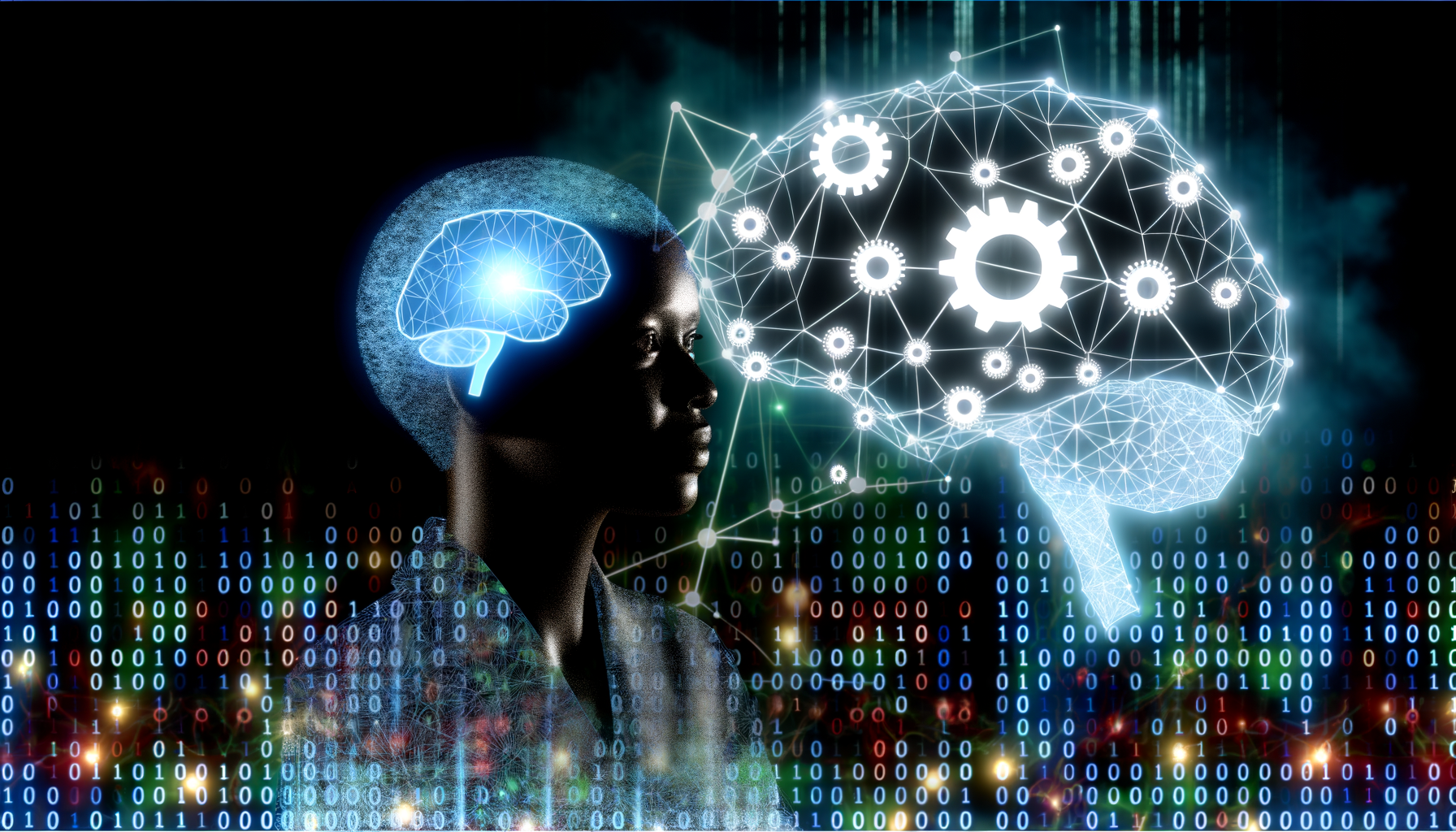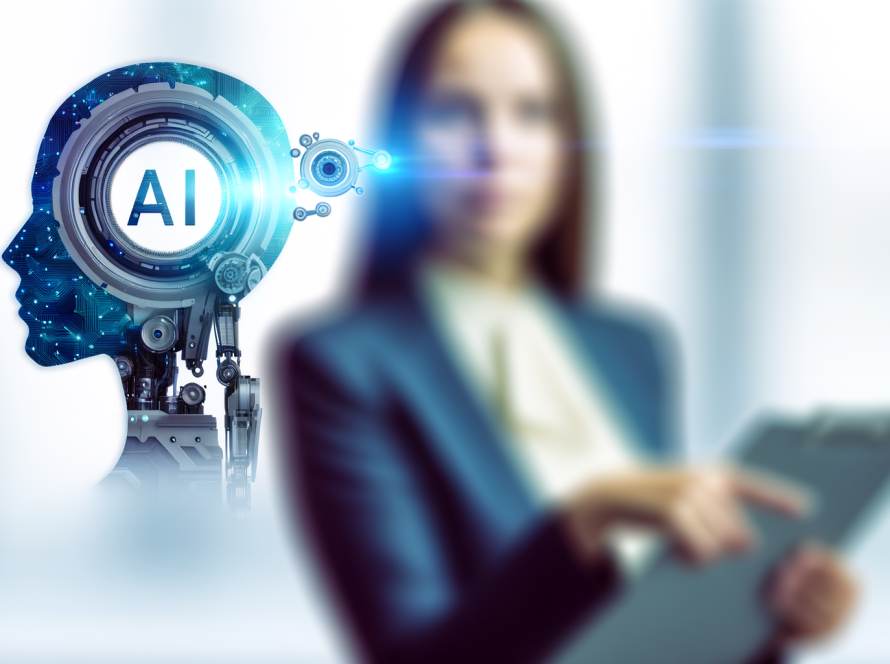As pioneers of technology continue to shape the digital landscape, the synergy between Artificial Intelligence (AI) and Machine Learning (ML) stands at the forefront of innovation. This article delves into the intricate relationship between these two dynamic fields, exploring how they revolutionize industries and redefine human-machine interaction. This primer sets the stage for an in-depth journey through the evolution, application, and future of AI and ML.
The Evolution of Intelligence: From Theory to Application
Artificial Intelligence, once a mere science fiction dream, has evolved into a multi-faceted field with practical applications that permeate our daily lives. From its foundational principles laid out in the mid-20th century to the AI boom of the 2020s, we’ll trace AI’s journey. The origins of AI can be traced back to the seminal work of Alan Turing, who proposed the concept of a machine that could simulate any human’s reasoning abilities, known as the Turing Test. This idea catalyzed generations of scientists and engineers to explore the realm of computational intelligence, leading to the development of the first AI programs designed to mimic human problem-solving and decision-making processes.
The 1980s witnessed the dawn of machine learning (ML), enhancing AI’s capabilities by enabling systems not just to perform tasks, but also to learn from data and improve over time. As the internet expanded in the 1990s and data became increasingly available, AI researchers gained the resources necessary to make significant advancements. The successes of AI in diverse fields, from defeating human champions in chess and Go to diagnosing diseases with higher accuracy than human doctors, demonstrated AI’s vast potential.
AI’s progress was not always linear, facing several ”winters” where funding and interest waned due to overly optimistic expectations and technical limitations. However, each setback laid the groundwork for future breakthroughs. The development of deep learning architectures in the 2000s, for instance, revolutionized AI by enabling systems to automatically discover the representations needed for feature detection or classification, directly from raw data. This marked the beginning of AI’s current era, characterized by its omnipresence in various sectors including finance, healthcare, automotive, and more.
The economic and societal implications of AI have been profound, automating tasks that traditionally require human intelligence and reshaping industries. As AI continues to evolve, ethical and regulatory frameworks are beginning to emerge to navigate the challenges and opportunities presented by these transformative technologies. The journey from AI’s theoretical foundations to its current state highlights the dynamic interplay between technological innovation, societal needs, and economic opportunities.
Machine Learning: The Engine Behind AI’s Brilliance
The power of AI largely stems from its ability to learn and adapt – a feat accomplished through the mechanisms of Machine Learning. At its core, ML is predicated upon the idea that systems can learn from data, identify patterns, and make decisions with minimal human intervention. This chapter delves into the complex world of ML, starting from its reliance on algorithms, to its capacities for training models, and the groundbreaking advancements in deep learning.
ML algorithms range from simple linear regressions to complex neural networks, each suited for different kinds of tasks and data sets. The essence of training these models lies in their ability to process vast amounts of data, learn from this data, and improve over time. A pivotal advancement in ML has been the evolution of deep learning, a subset of ML that utilizes neural networks with many layers. These deep neural networks have enabled AI systems to perform remarkably well in tasks including image recognition, natural language processing, and predictive analysis.
Examples of ML’s indispensability abound, from recommendation systems that suggest products based on users’ browsing history to autonomous vehicles that use ML to safely navigate roads. Preliminary models such as decision trees and support vector machines laid the groundwork, but today’s sophisticated neural networks have significantly outpaced these early models in terms of complexity and efficiency.
This progression from simple algorithms to complex neural networks illustrates ML’s central role in enabling AI to transcend traditional computing methods. It is ML that equips AI with its adaptive, learning capabilities, making it a critical component in the broader landscape of AI technologies. As we move forward, the symbiotic relationship between AI and ML will only amplify, propelling us toward a future where AI’s potential is boundless, powered by the engine of machine learning.
The Convergence of AI and ML: Redefining the Future
Building on the foundational insights provided in the preceding discussion on Machine Learning (ML), it becomes clear that ML is not just a standalone marvel. Its true power is unleashed when integrated with Artificial Intelligence (AI) technologies, a synergy that is reshaping the horizon of possibilities. The convergence of AI and ML is essentially a tale of two distinct yet complementary forces joining hands. AI, with its broad goal of simulating intelligent human behavior, gets its ”brains” from the adaptive learning capabilities of ML. This partnership is pivotal in creating systems that not only think but learn.
One of the most profound implications of this integration is the creation of self-improving algorithms. These are systems capable of autonomously enhancing their performance without human intervention, a concept at the heart of autonomous vehicles and sophisticated recommendation engines. Through the lens of ML, AI systems can digest vast datasets, identify patterns, and make predictions with remarkable accuracy – a leap towards achieving true artificial intelligence.
However, as we chart this exciting trajectory, ethical considerations come into sharp focus. The autonomy of AI-ML systems sparks debates on bias, privacy, and control – concerns that must be addressed to ensure these technologies are developed and deployed responsibly. The challenge then is not just about engineering more advanced AI-ML systems, but also about crafting frameworks that govern their use, ensuring they serve humanity’s broader interests without compromising ethical standards.
In essence, the convergence of AI and ML is not merely a technical milestone but a turning point that redefines our interaction with technology. It opens up new frontiers across sectors, from healthcare diagnosing diseases with unprecedented precision to financial services combating fraud more effectively. As we move forward, the fusion of AI and ML holds the promise of not just mimicking human intelligence but enhancing it, posing both extraordinary opportunities and ethical dilemmas. The path ahead is as much about innovating responsibly as it is about the technical evolution of these intertwined technologies.
Conclusions
In concert, Artificial Intelligence and Machine Learning not only offer breakthroughs in technology but also in the very essence of human potential. Throughout this article, we have seen their evolution from theoretical constructs to pillars of modern technology, powering advancements unimaginable a few decades ago. Their fusion represents a promising yet challenging new chapter for humanity, prompting dialogues on responsibility and the stewardship of our shared digital future.


